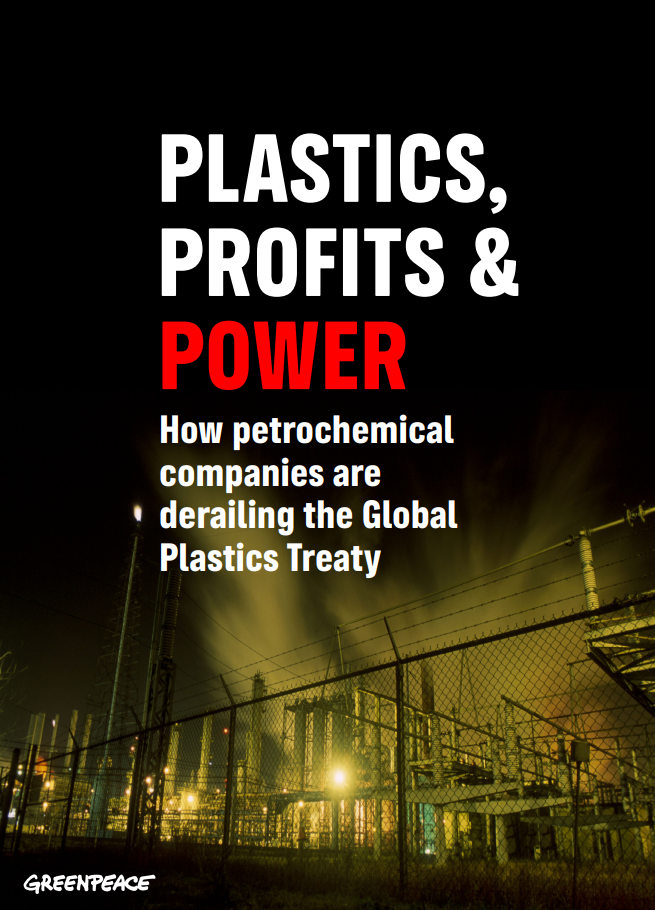At 99 years old, Sir David Attenborough has spent seven decades showing us the wonders of our natural world. In his latest and perhaps most urgent documentary, Ocean, he delivers a message that should resonate with every person on this planet: “If we save the sea, we save our world”.
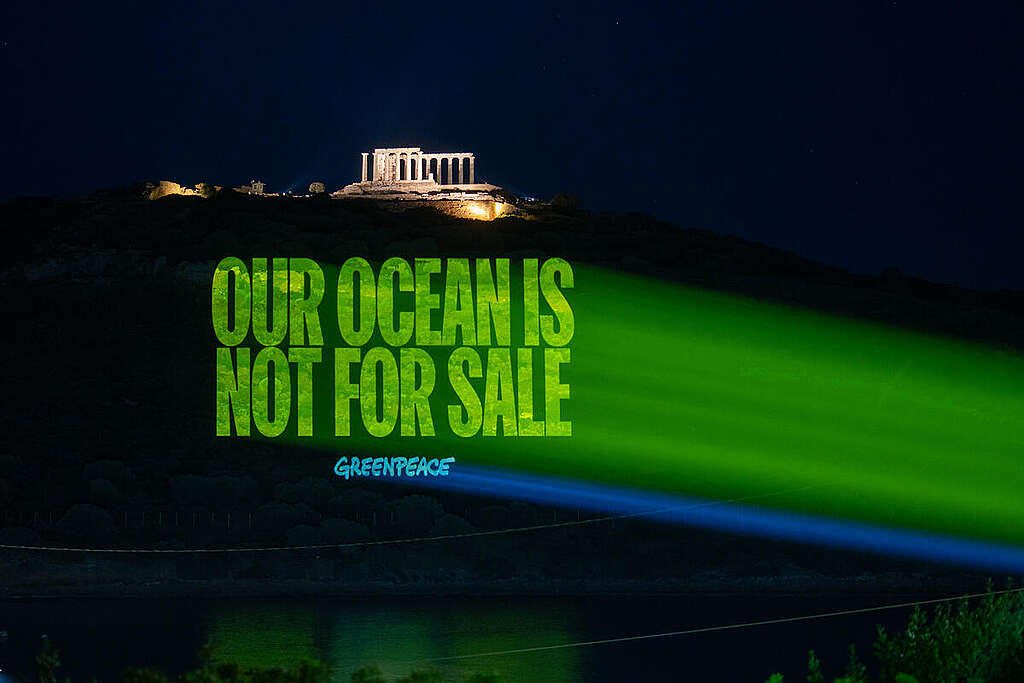
The ocean: Earth’s life support system
Our ocean provides a home for marine life — they keep our entire world stable and livable. The ocean regulates our climate, produces the oxygen we breathe, stores carbon that would otherwise heat our atmosphere, and supports an intricate web of life that sustains us all. Yet we treat this life support system like it’s expendable, a mistake we simply cannot afford to make.
- Covers 70% of our planet and keeps Earth livable for everyone.
- Produces oxygen we breathe and regulates our climate.
- Absorbs over 90% of excess heat from climate change—without this, Earth would be unlivable
- Stores carbon that would otherwise make our atmosphere too hot.

We need ocean sanctuaries to protect at least 30% by 2030. Add your name.
Sign petitionThe ocean feeds the world
Over 740 million people depend on the ocean for their nutrition or livelihood. Fish provide crucial protein for more than 3 billion people worldwide. Yet, invasive practices like bottom-trawling, drag massive nets across the seafloor, destroying everything in their path. Bycatch like dolphins, turtles, sharks and coral are trapped and killed in these operations, causing damage throughout the entire ocean ecosystem. This practice releases stored carbon from the seafloor, making climate change worse.
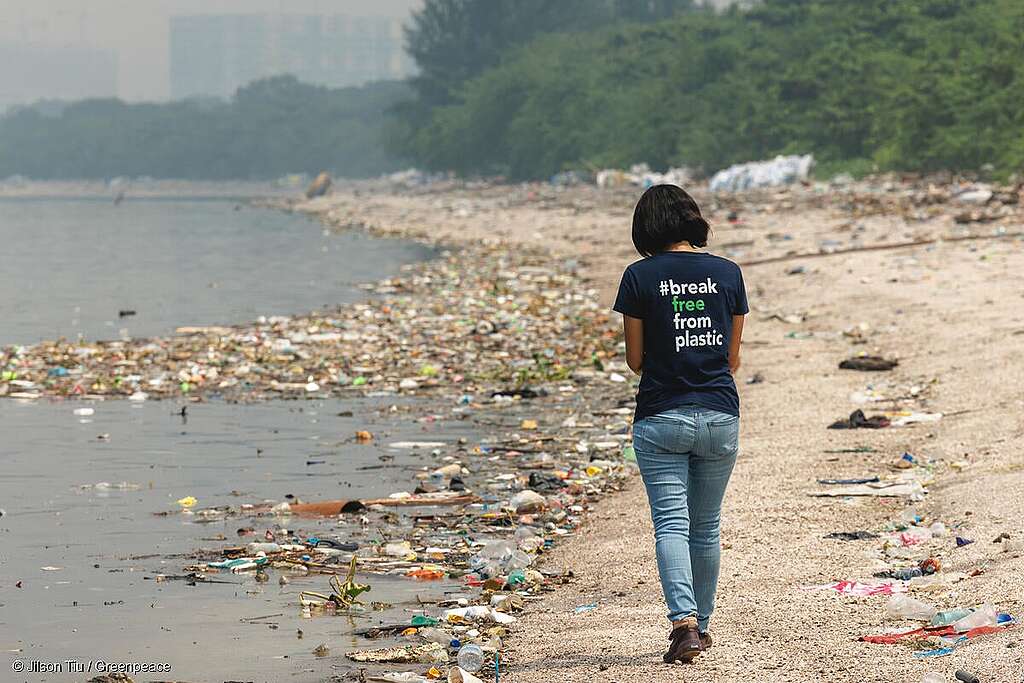
The plastic crisis is choking marine life
Adding to these threats is a crisis that’s literally suffocating marine life: plastic pollution.
- Sea turtles mistake plastic bags for jellyfish and die from eating them.
- Seabirds found dead with plastic debris in their stomachs.
- Microplastics are now in every part of the ocean—and our food.
The incredible marine biodiversity is under threat. We’re not just losing individual animals—we’re unravelling the delicate balance of entire ecosystems that have evolved over millions of years.
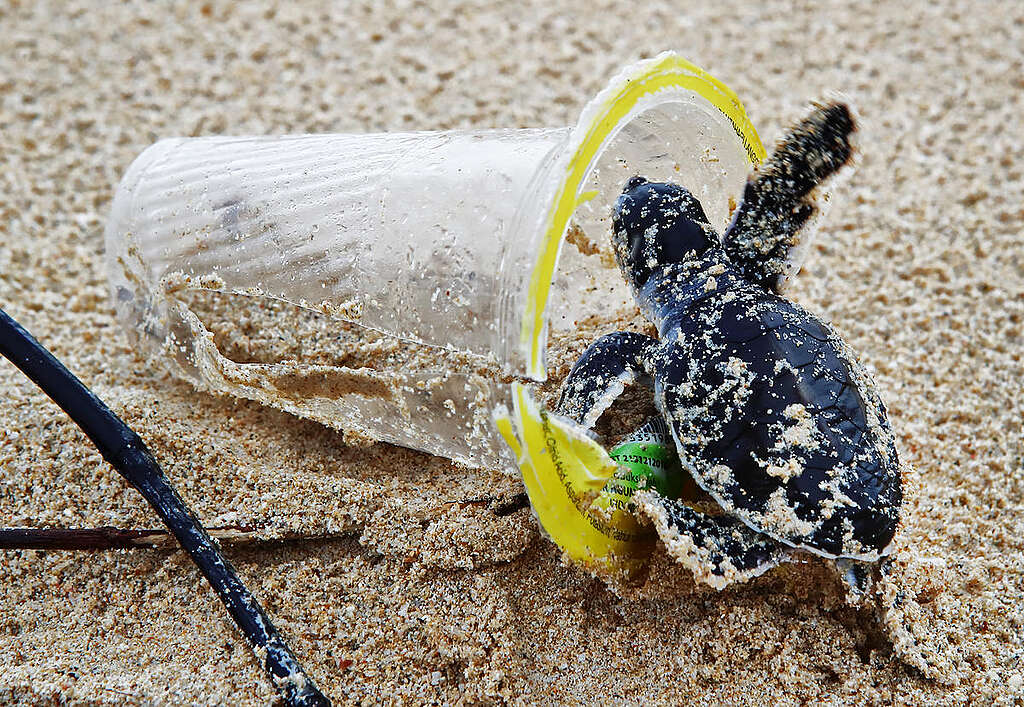
We have a rare chance to turn the tide on plastic. Add your name before the final Global Plastics Treaty talks this August.
Sign PetitionHope in the depths
The ocean can recover, and faster than we once thought possible.
In the 20th century, nearly 3 million whales were killed, pushing many species to the brink of extinction. The situation seemed hopeless. But when the global community banned commercial whaling in 1986, something beautiful happened—whale populations slowly began to recover. It’s living proof that when we give nature space and protection, it can heal.
This recovery didn’t happen by accident. It happened because ordinary people around the world demanded change, and governments finally listened. It’s a powerful reminder that our voices matter and that collective action can achieve what seems impossible.
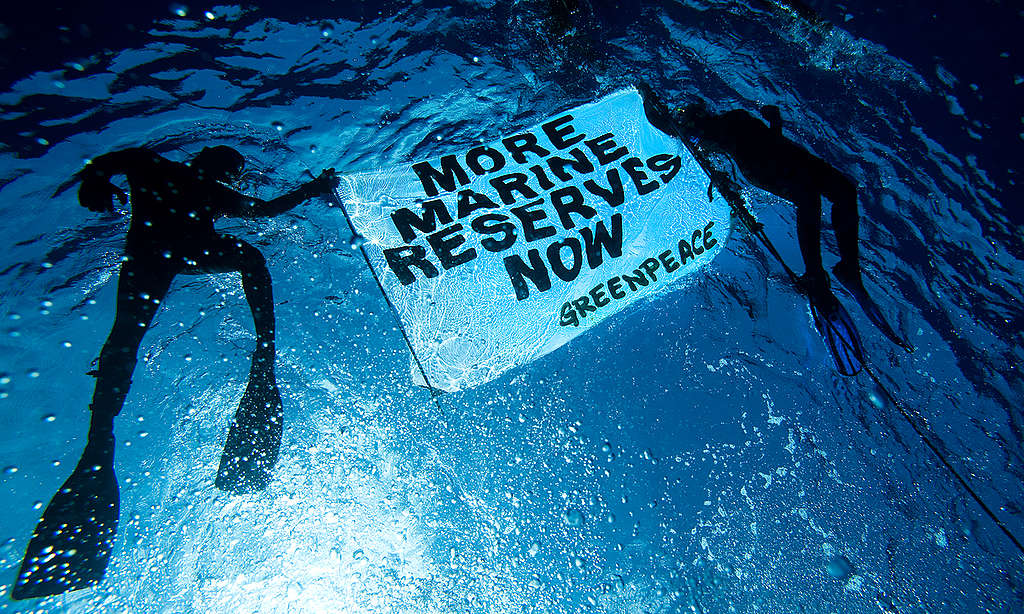
Power of Protection: Marine Protected Areas
Here’s where hope meets action. Marine Protected Areas (MPAs)—zones where fishing and other harmful activities are restricted or banned—have shown remarkable success in restoring ocean health.
Fish populations recover within MPA boundaries and then spill over into surrounding areas, actually improving fishing in nearby regions. These protected areas create jobs, support local economies, and build resilience against climate change. Research consistently shows that fully protected areas, where extractive activities are completely banned, provide the greatest benefits for biodiversity, local economies, and climate stability.
The Choice Before Us
Ocean with David Attenborough isn’t just another nature documentary—it’s a love letter to the seas and an urgent call to action. The ocean isn’t separate from us. Our health, our climate, our food, our future—it’s all connected to the health of our seas.
We stand at a crossroads. We can continue on our current path and watch marine ecosystems collapse, taking countless species and human communities with them. Or we can choose a different future—one where protected oceans thrive, where marine life recovers, where coastal communities prosper, and where the sea continues to regulate our climate and sustain our world.
The question isn’t whether we can save the ocean. The question is whether we will.

We need ocean sanctuaries to protect at least 30% by 2030. Add your name.
Sign petitionOcean with David Attenborough premieres on National Geographic Channel on June 7, 2025, and streams on Disney+ and Hulu starting June 8, 2025—World Ocean Day.


